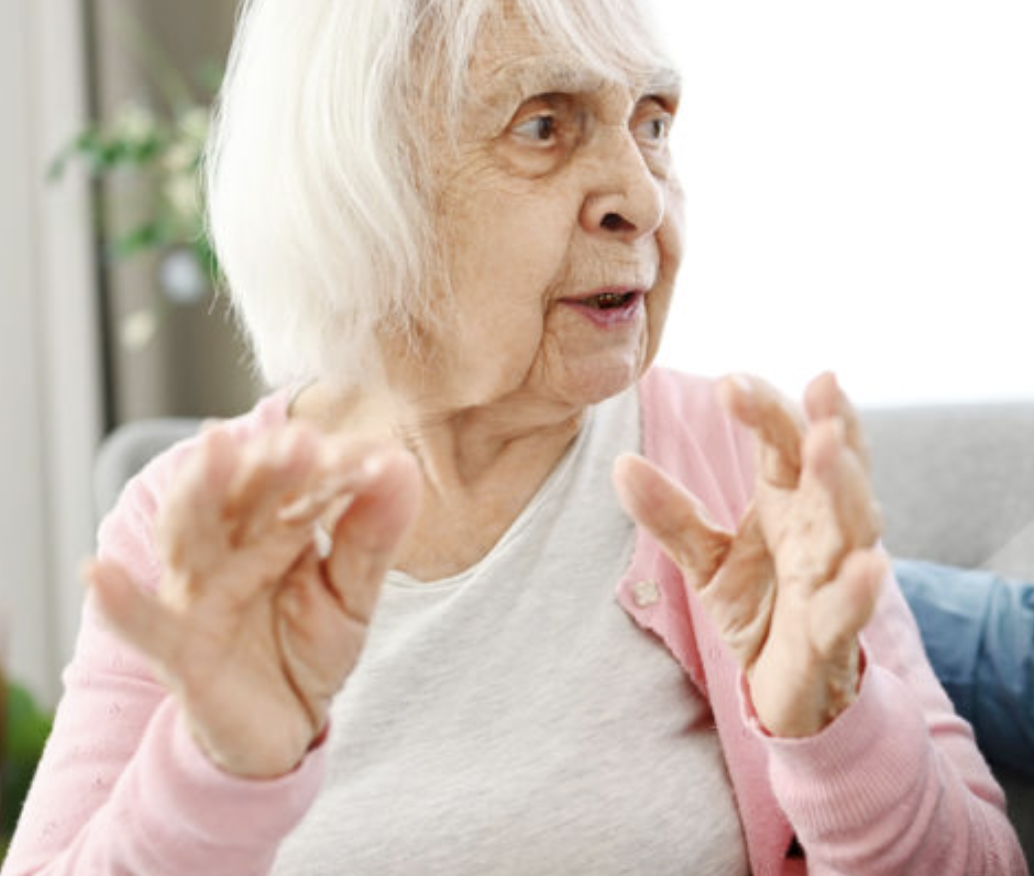

A Patient Is a Person is a series about how whole-person health is transforming the patient journey. It is supported by funding from UPIC Health.
The communist-era farmhouse at the Hungarian Open Air Museum, also known as Skanzen, is a time capsule of 1950s domesticity — sturdy wooden furniture, an old transistor radio. The kitchen is well-equipped with enamel cookware and patterned ceramic serving bowls, a table laden with matching tea cups and a tall pitcher of Bambi, the popular orange soda that was the taste of a Hungarian summer before the arrival of Coca-Cola in the late 1960s. For most visitors, the room evokes an almost-forgotten distant past. But for elderly people living with dementia, the surroundings are a welcome return to the familiar world of their youth.
Skanzen museum began offering reminiscence sessions for people with dementia in 2014 as part of a joint EU-funded project with four other museums across Europe: Jamtli in Sweden, Den Gamle By in Denmark, Beamish in the UK and Maihaugen in Norway. “We realized that our population is aging,” recalls Márta Bokonics-Kramlik, head of the museum’s learning department. “Many seniors are visiting our museum, and many are living with dementia, so we wanted to create something special for them.”
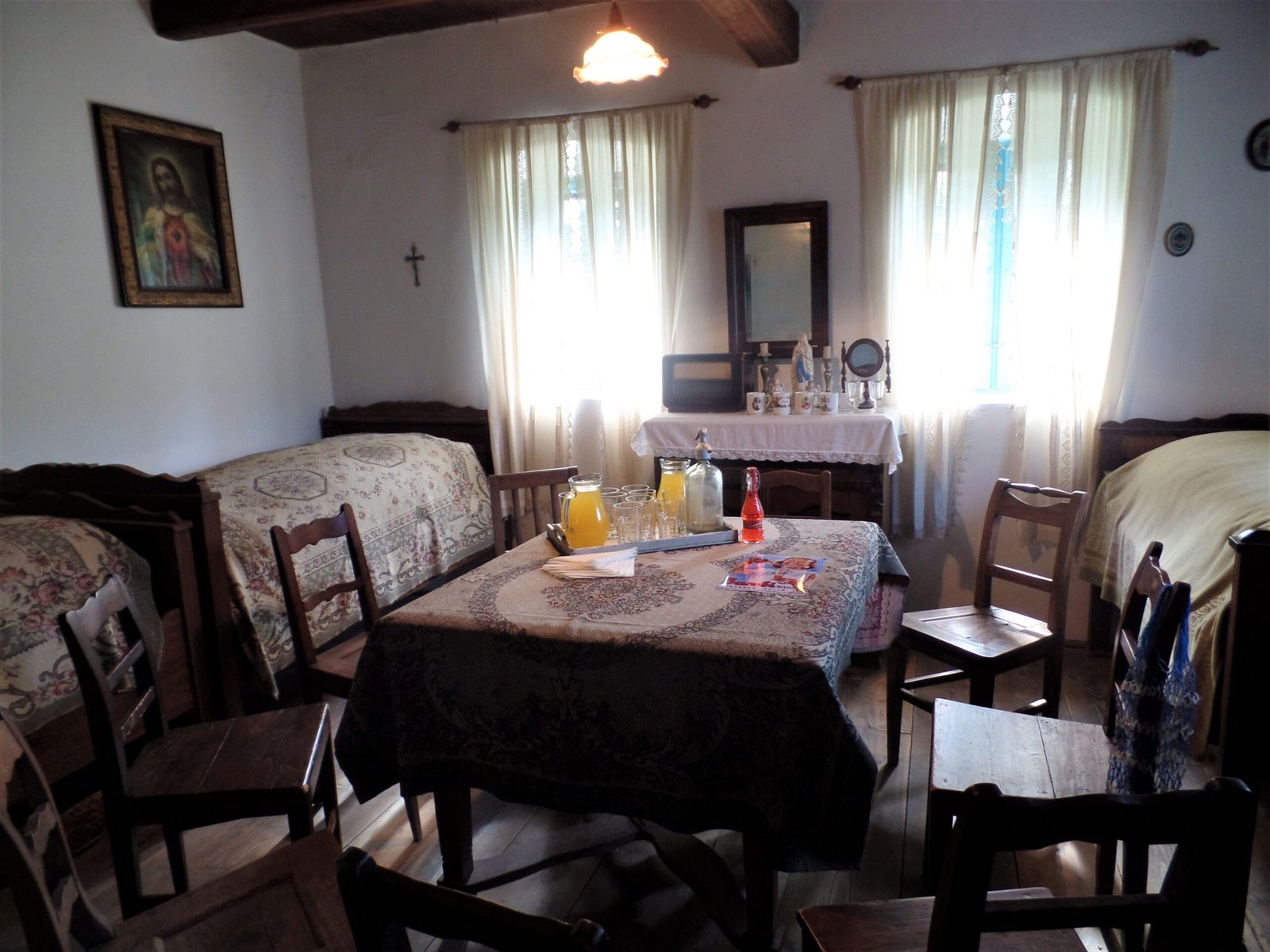
Dementia is an umbrella term for a group of brain diseases that affect memory, thinking, behavior and emotion, with Alzheimer’s being the most common and best-known form. Over 55 million people were living with dementia worldwide in 2020, and the number is expected to almost double every 20 years due to demographic aging.
While there is no known cure for the cognitive symptoms of dementia, its impact on self-identity and relationships can be ameliorated in different ways. Memories string our past and present selves into a coherent whole, and the perceived loss of identity can be particularly painful for people living with dementia, as well as those caring for them.
Reminiscence sessions have been shown to improve quality of life, communication, cognition and mood, and while scientific reviews tend to bemoan the fact that there is no standardized way of facilitating reminiscence sessions, this highly personalized and localized approach can also be a strength. With a more informal and common-sense basis than many other forms of therapy, reminiscence therapy (RT) has been able to spread beyond clinical settings, with cultural and community institutions emerging as powerful alternative providers.
A reminiscence session at the Skanzen museum in Hungary is as individual as its participants. Based on information provided ahead of time — Did the participants grow up in a rural village or in the city? Did they have siblings? What kind of work did they do? — the staff creates an experience tailor-made to spark memories and stories that can be shared over a cup of tea.
Weighed down by negative news?
Our smart, bright, weekly newsletter is the uplift you’ve been looking for.That cup of tea — or its local alternative — is crucial in setting up these kinds of reminiscence sessions, says Dr. Bruce Davenport of Newcastle University, whose work focuses on the impact that engaging with cultural heritage has on the lives of older people. “It’s a sign that this is a social event, people know how to do it subconsciously and they settle into it. You’re creating a social experience, and that’s easier in a setting that isn’t clinical.” This framing also takes the pressure off the participants. “If you give someone an object and you say, ‘What do you remember about this?’ and someone has a form of dementia that involves memory loss, you’re trading on a weakness,” explains Dr. Davenport. “But you can do it in a way where you are inviting someone into a social situation, and the environment and the objects are there to support the interaction, so you’re not making that demand.”
Depending on participants’ life stories and interests, the sessions can extend to visiting a historic barbershop, chapel or smithy. Five years ago, the museum also started offering reminiscence sessions in a 1980s setting for younger people suffering from secondary dementia due to alcoholism or drug use.
For Bokonics-Kramlik, doing reminiscence work in a historic setting has clear benefits: “Once they step into the interior where everything is so familiar, they just start to feel like they are at home. They know what can be used for what. They don’t feel lost anymore. You can really sense this on their face, how they handle their body. … It helps to boost their self-esteem.”
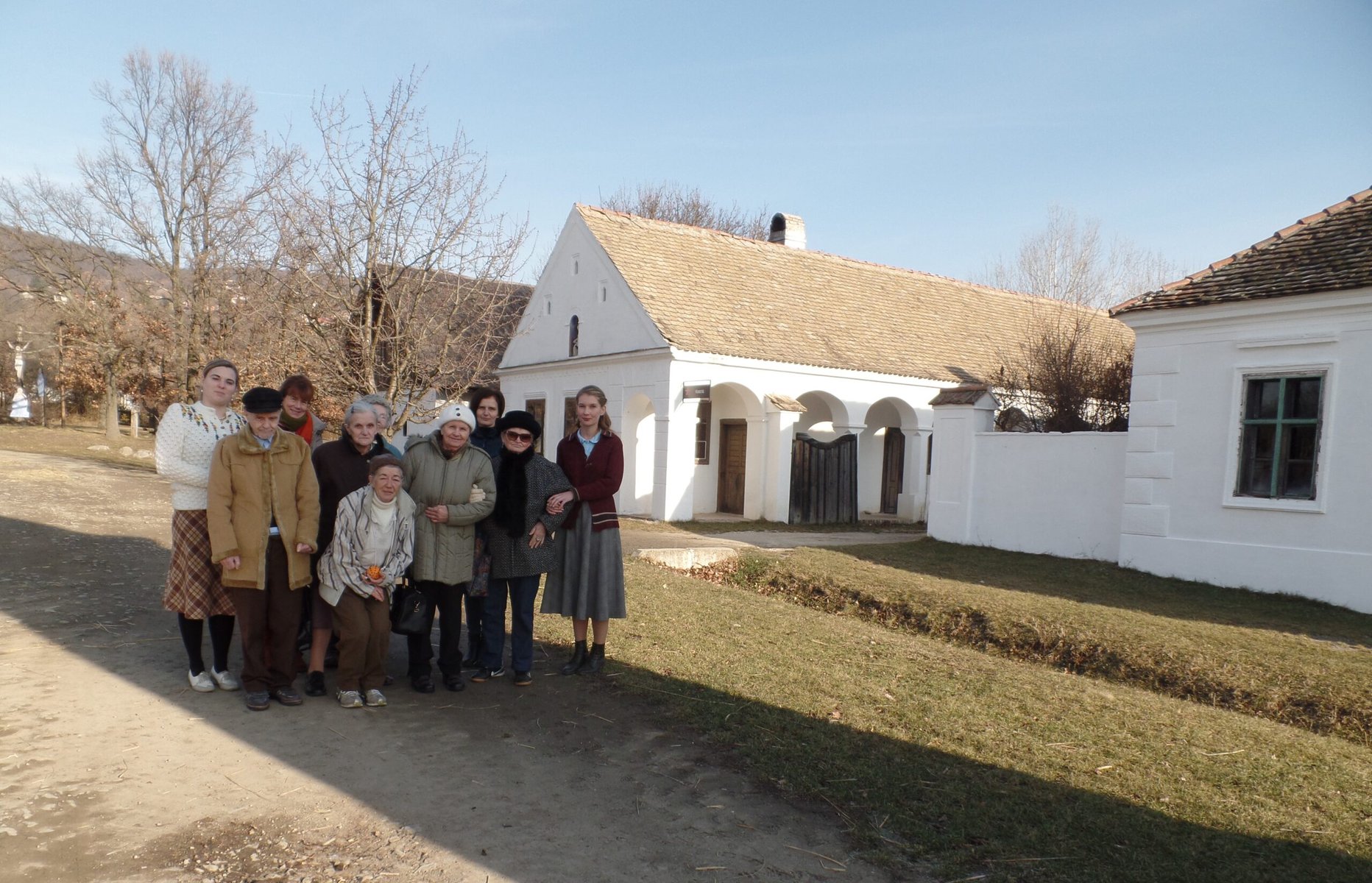
Reminiscence sessions at the museum are mostly attended by women, who are more affected by dementia, both as patients, due to their longer life expectancy, and as the people providing the majority of care. They might also find the domestic setting more familiar and comfortable than men, points out Dr. Davenport: “I think it’s fair to say that older people had lives that were strongly marked by gender. And you sort of want to respond to that.”
Beamish, an open-air museum in the northeast of England, has started a group for men over 60 living with dementia and other mental health issues. Elsewhere in the UK, reminiscence programs are offered by that most hallowed British institution — the football club.
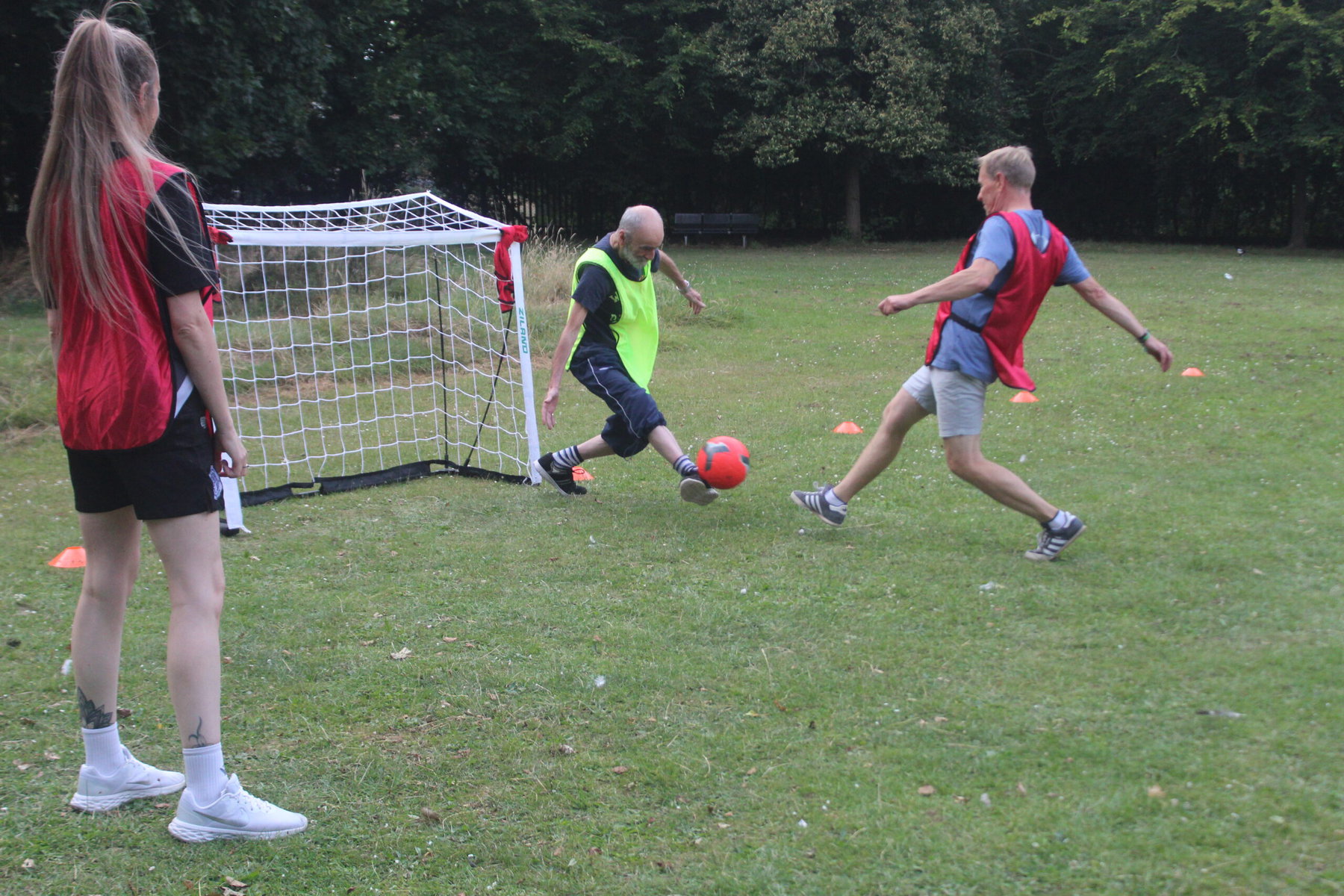
The Stevenage Football Club Foundation, the charity arm of the local football club, has a long history of engaging with older people in the community, from strength and balance training classes to activities to counter social isolation. “It was a natural progression for us to start working with people living with dementia,” says Hannah Marsh, head of health and wellbeing at the Stevenage FC Foundation. Inspired by Golden Memories, the reminiscence program run by FC Watford, they developed a 12-week pilot program that was set to start in September 2023 — but no one signed up. “Although we had a lot of professional interest, loads of people saying it’s brilliant, we really struggled to actually recruit any participants,” recalls Marsh. They identified a couple of factors: the time clashed with a choir for people living with dementia, and their football club, founded in 1976, simply didn’t have many lifelong fans in the relevant age range.
To reach people where they are, Marsh partnered with the Red Shed, a local community garden for people with dementia, for a four-week program of walking football (an inclusive slow-paced version of the game that has gained popularity in the UK). When it proved to be a resounding success, Marsh decided to combine it with reminiscence therapy, and let the Red Shed participants lead the way: “We said, ‘Right, what’s going to work for you? What time of day? How long do you want the session to be? Where do you want it to be? What would you want to call it?’” They quickly came up with Boro Bygones, Boro being the affectionate shorthand for “Stevenage Borough,” the club’s original name.
In the weekly sessions Marsh uses different memorabilia, from trophies and old football jerseys to newspaper cuttings and photos, to spark memories of childhood football matches and particularly impressive goals.
“It’s become really organic. I’ll sort of facilitate, I’ll ask a question or two, and then the conversation just flows,” says Marsh.
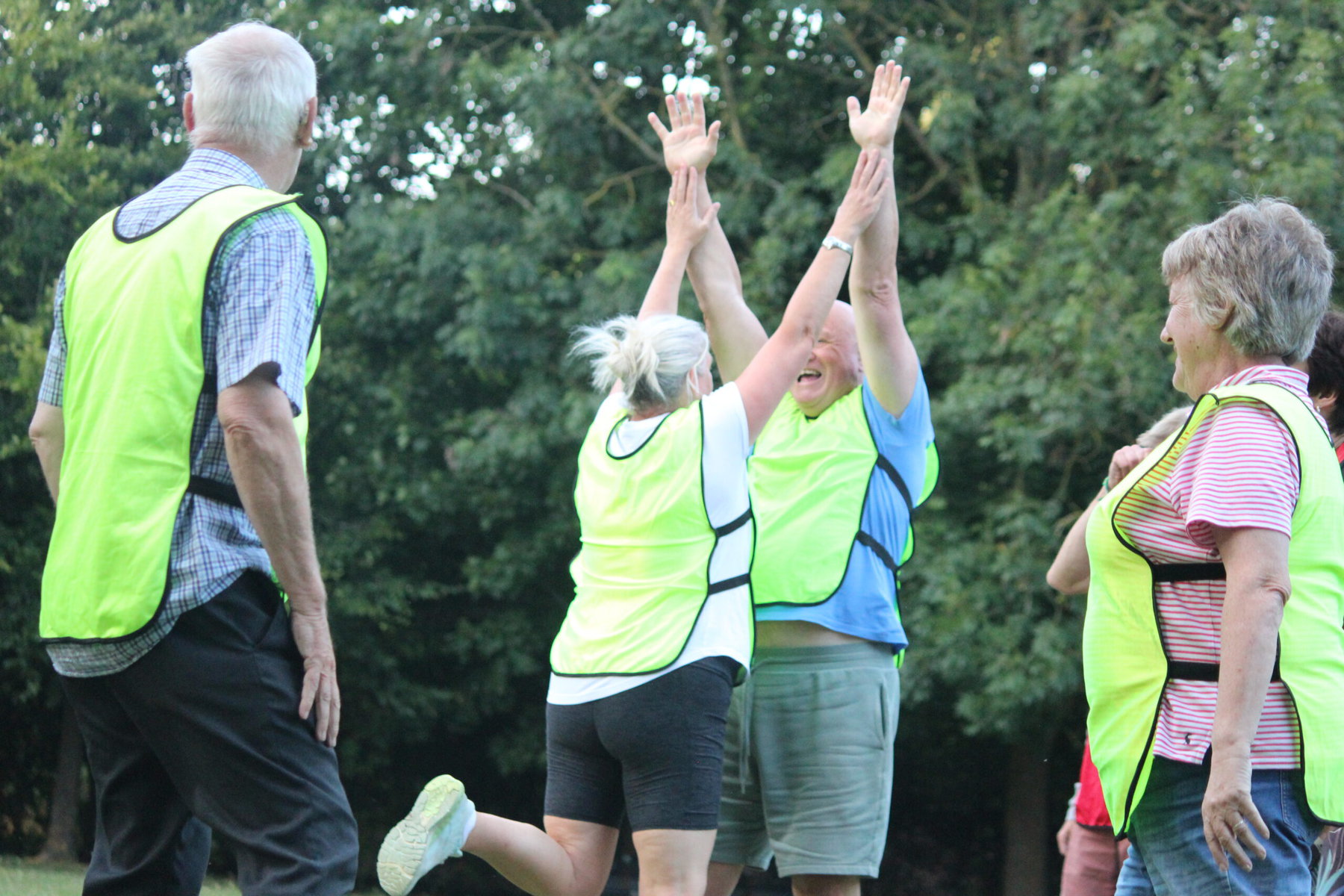
The program at Stevenage has also attracted participants who are reluctant to get support for their dementia in a clinical setting, like men living with early-onset dementia held back by the stigma of old age associated with the disease.
Boro Bygones is part of a growing movement that links sports with dementia support. In one of the earliest examples, the Scottish Football Museum partnered with the charity Alzheimer Scotland in 2009 to launch Football Memories Scotland, which now supports hundreds of reminiscence groups across Scotland and inspired a baseball reminiscence program in the US. The six-week pilot program in Stevenage is ending in September, and Marsh is already planning consultation sessions with participants about the future of the program.
At Skanzen in Hungary, Bokonics-Kramlik is also looking forward. A decade after launching the program, the museum will soon redecorate the space to accommodate a new generation of participants, who were young in the 1970s. Since many people can’t travel to the museum’s remote location, they are also developing memory boxes that can be rented out and include objects from specific periods as well as an informational booklet for caregivers. “We can help people. When people are living with dementia, it’s just incredible to see how vivid they get and how their eyes brighten up,” says Bokonics-Kramlik. “It’s really good to see.”
Scrolling image credits: Museum photos appear courtesy of the Hungarian Open Air Museum; football club images are by Melissa Edwards.


